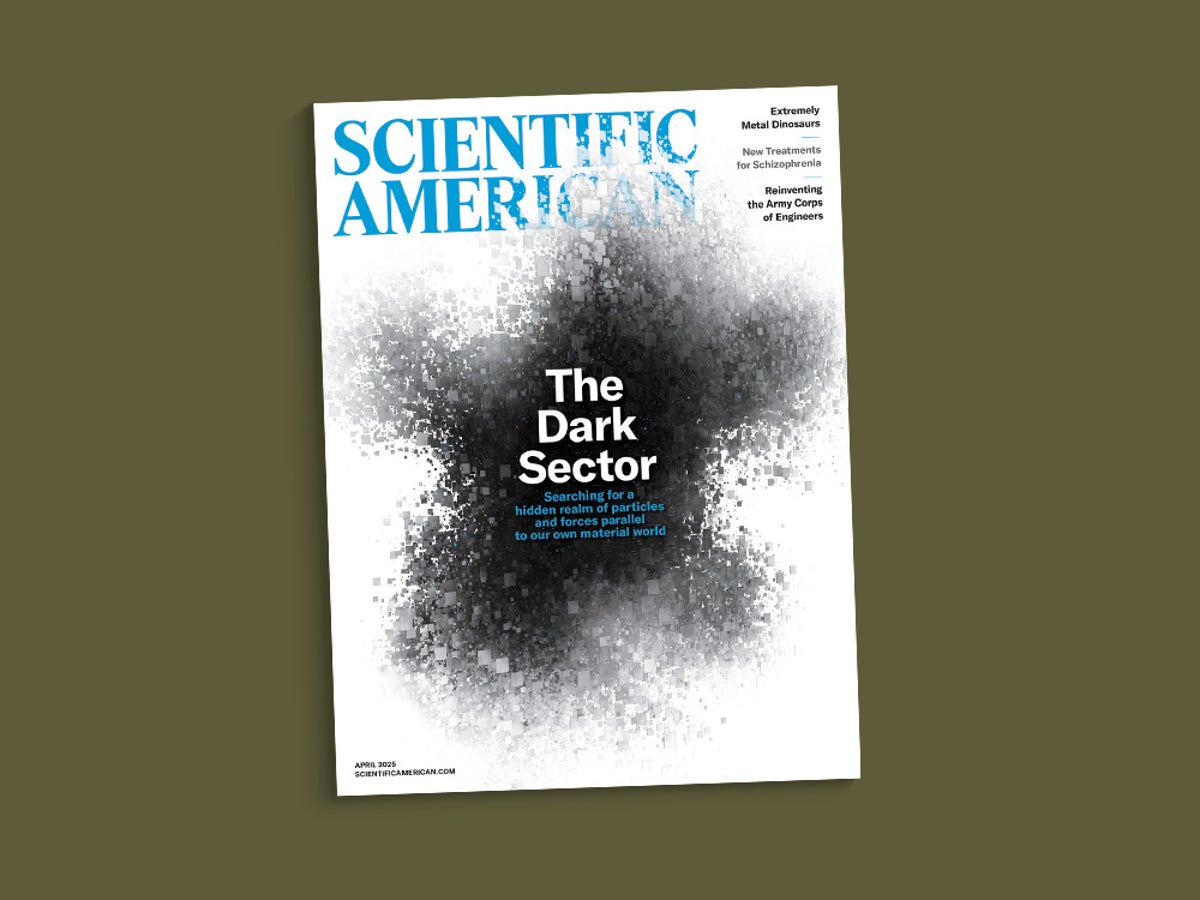
"Involuntary movements, known as motor stereotypies, may be linked to neurodiversities and a lack of synaptic pruning, impacting creative potential and societal norms."
"The neurodiverse community may experience more 'neurological noise' but has unique capabilities to detect patterns, indicating valuable contributions to society."
"Up to 20 percent of the population being neurodiverse highlights that these traits should not be viewed as defects but rather as phenomena deserving of understanding."
"Societal expectations often label neurodiverse behaviors as disabilities, reflecting an inability to conform to arbitrary norms rather than indicating a lack of value."
Paul Marino's experience with complex motor stereotypy conveys the intricate nature of neurodiversity. Research indicates that those who are neurodiverse may lack typical synaptic pruning, leading to heightened neurological activity. This may explain their ability to see patterns unnoticed by others. With up to 20 percent of the global populace identified as neurodiverse, it becomes essential for society to recognize these traits as valuable phenomena rather than defects. Many challenges faced by neurodiverse individuals stem from societal standards that dictate conformity, necessitating a shift in perception and understanding.
Read at www.scientificamerican.com
Unable to calculate read time
Collection
[
|
...
]